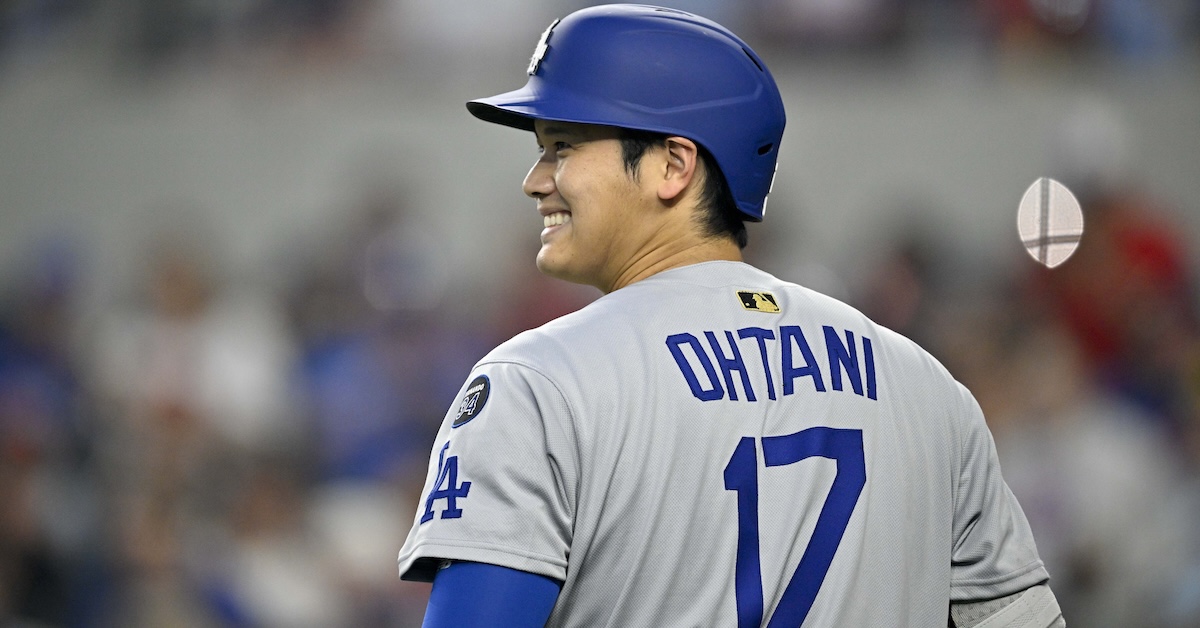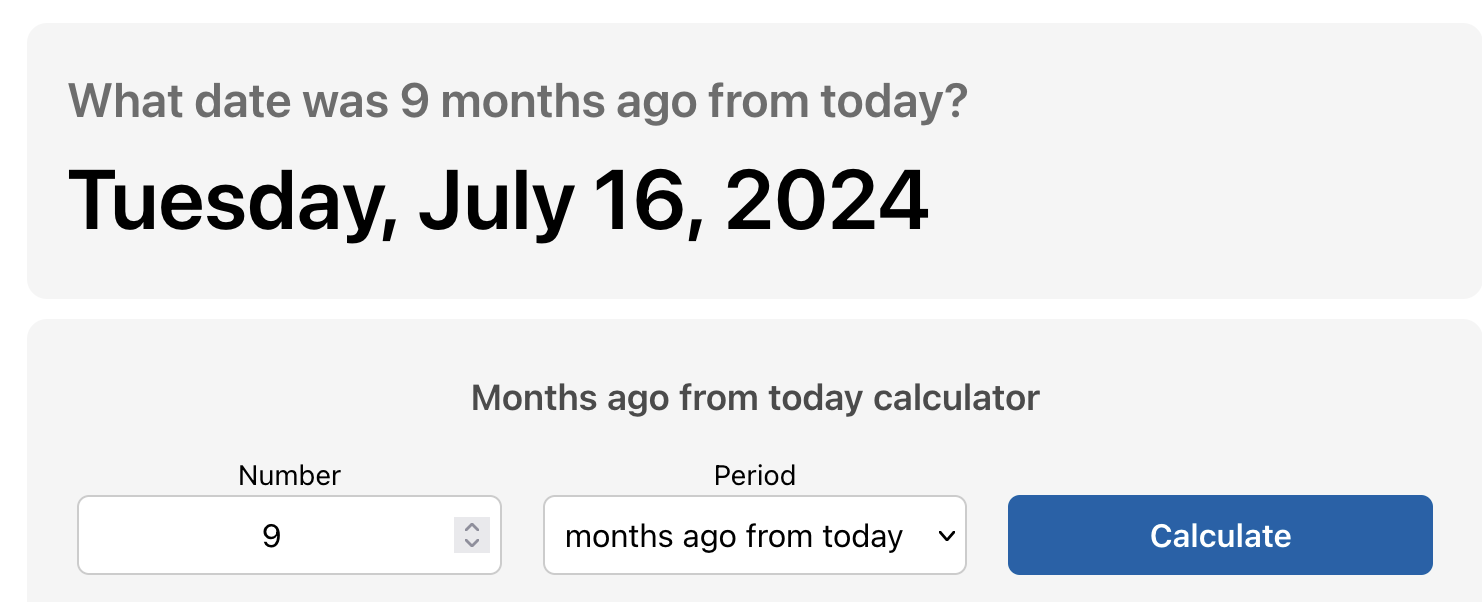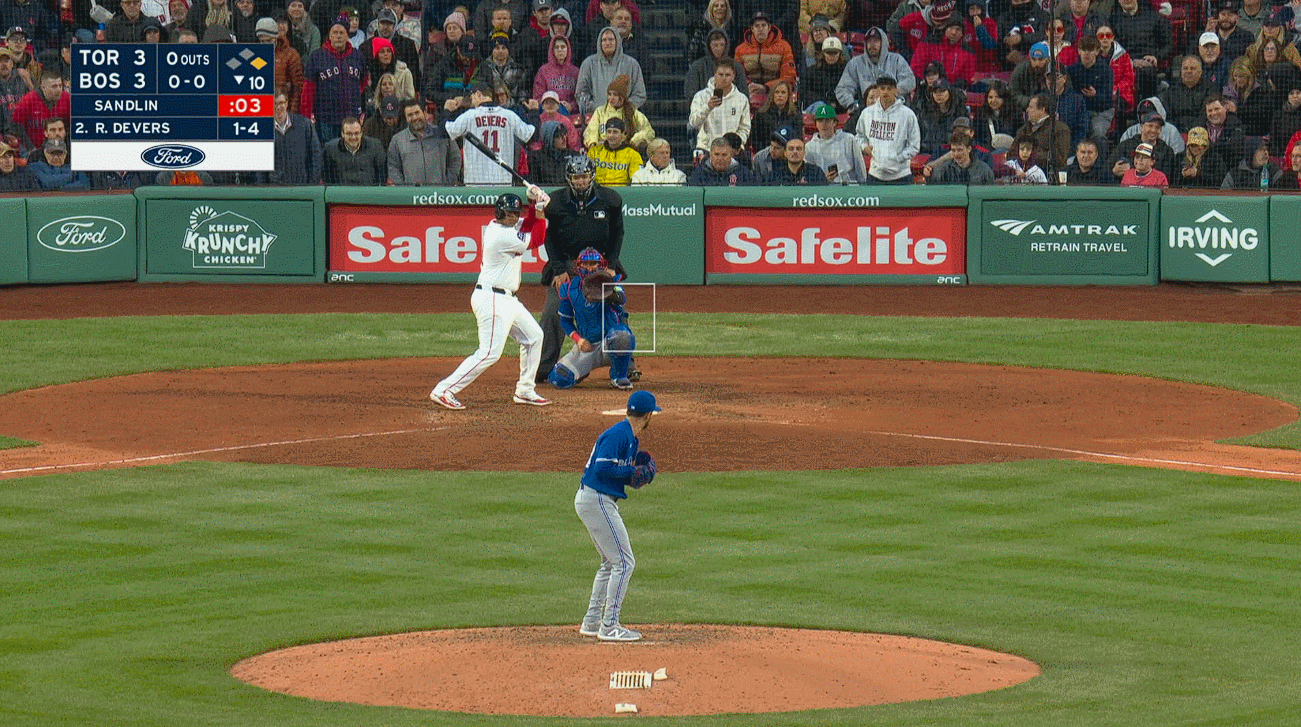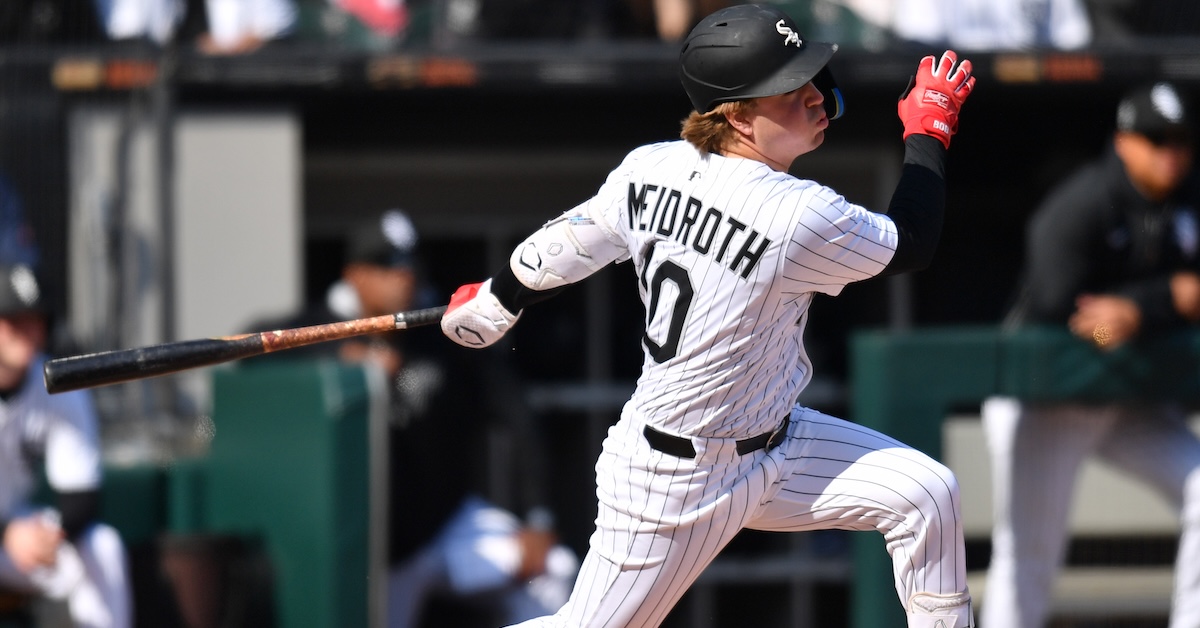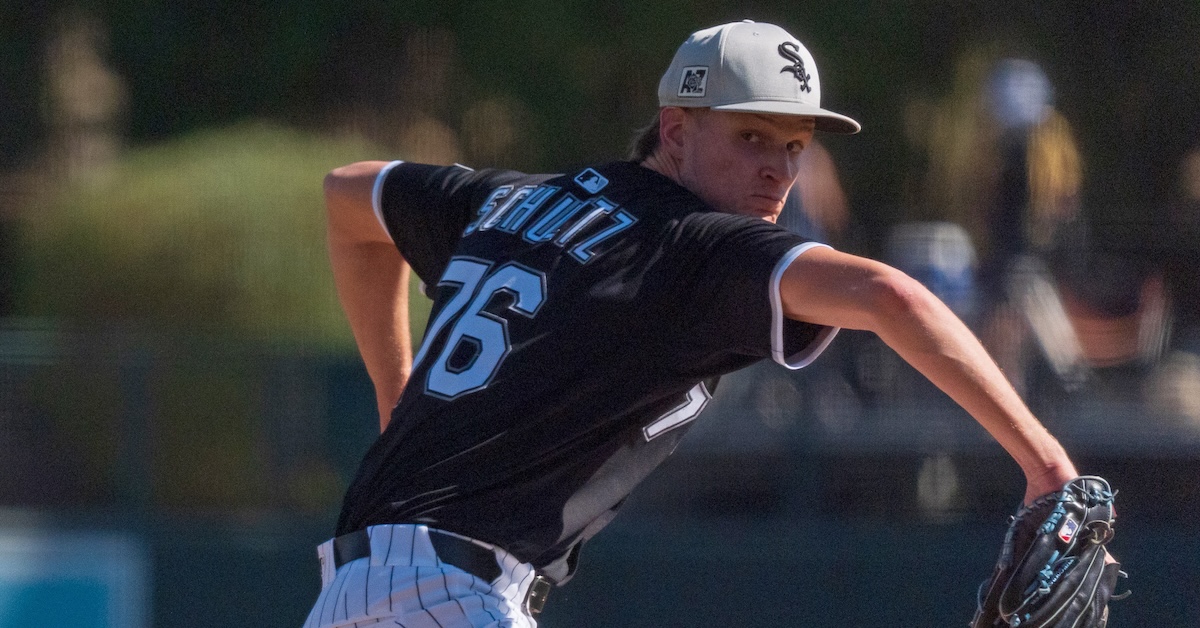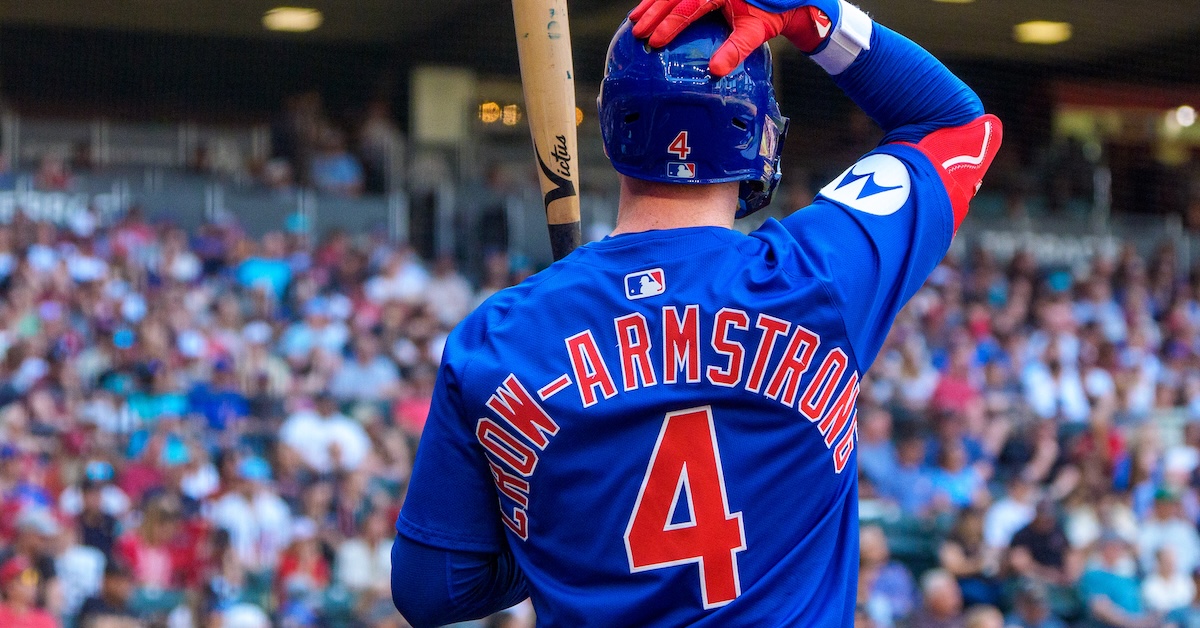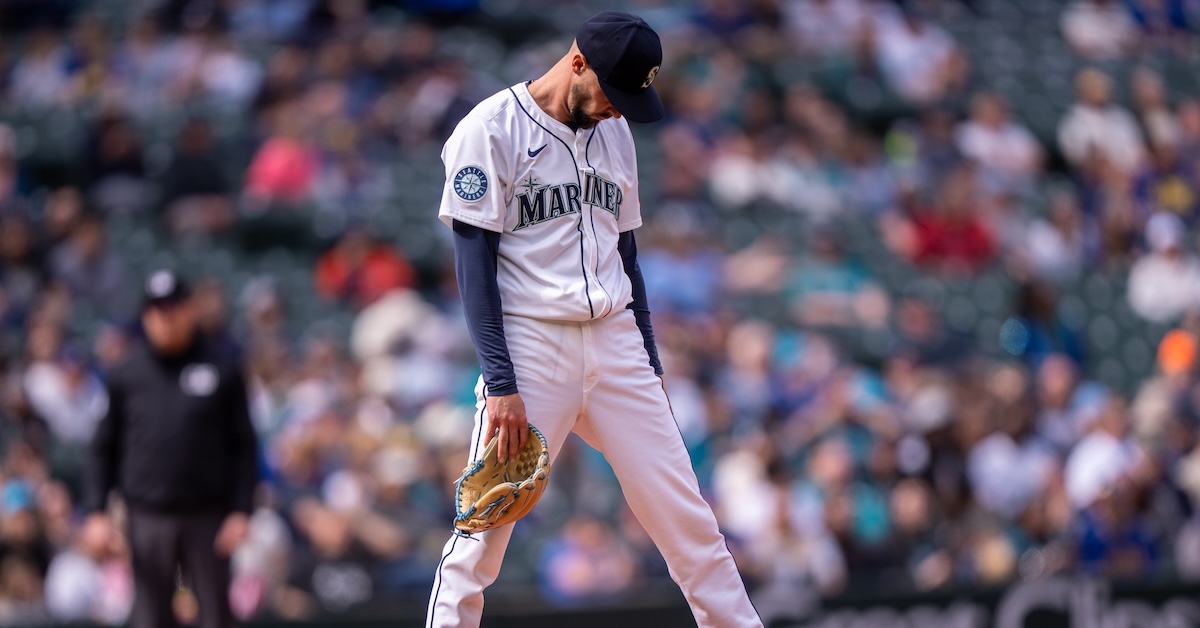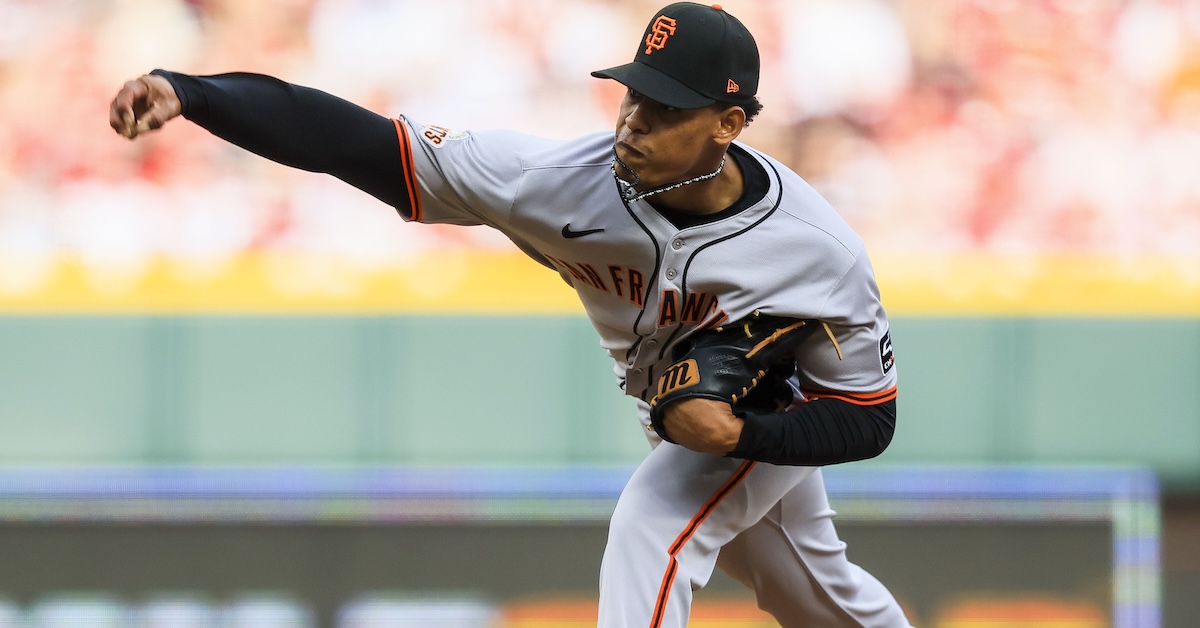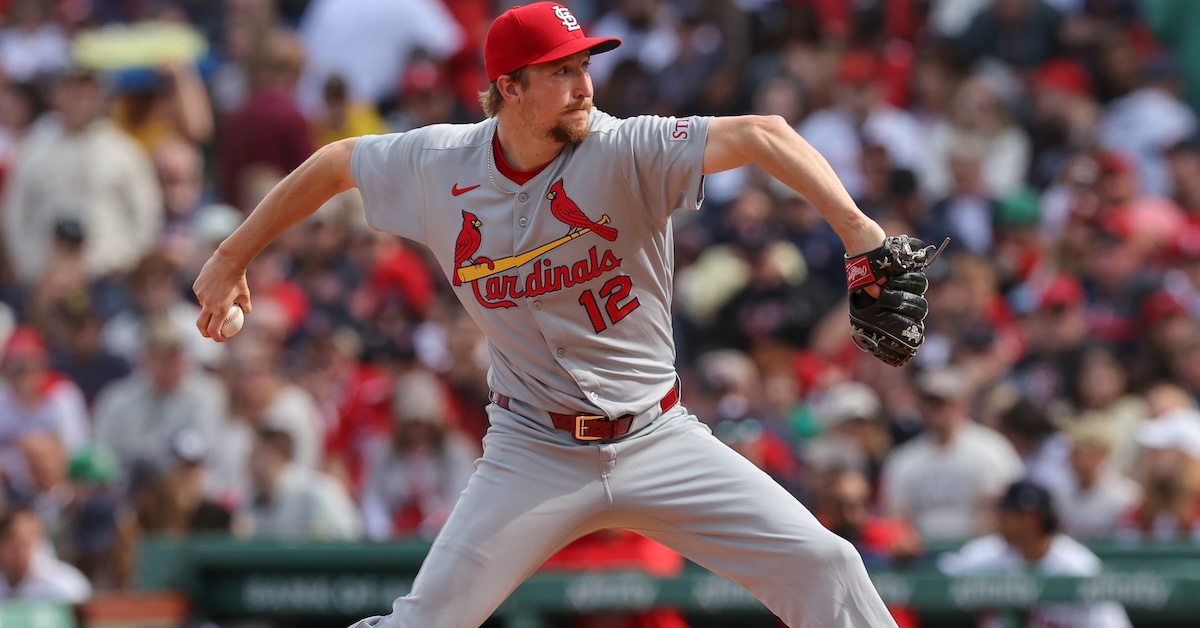Max Scherzer Addresses His 2008 Baseball America Scouting Report

Max Scherzer has had a Hall of Fame-quality career. Now with the Toronto Blue Jays, the 40-year-old right-hander has accumulated 73.0 WAR to go with 216 wins and a 133 ERA+ across his 18 big league seasons. Moreover, his 3,408 strikeouts rank 11th all time, and his résumé also includes three Cy Young Awards, eight All-Star selections, and a pair of World Series rings. Writing about his Cooperstown chances last summer, my esteemed colleague Jay Jaffe called Scherzer “a lock for election.”
Let’s turn the clock back to 2007, when Scherzer made his professional debut that summer a full year after he was drafted 11th overall by the Arizona Diamondbacks out of the University of Missouri. The following spring, Scherzer was ranked fourth in the D-backs system when Baseball America’s 2008 Prospect Handbook was published. Rankings and in-depth scouting reports weren’t yet a thing here at FanGraphs.
What did Scherzer’s 2008 Baseball America scouting report look like? Moreover, what does he think of it all these years later? Wanting to find out, I shared some of what BA’s Will Lingo wrote and asked Scherzer to respond to it.
———
“The 11th overall pick in 2006, Scherzer pitched for the independent Fort Worth Cats and held out before he would have reentered the draft pool.”
“That’s right,” replied Scherzer. “Now that you think about it, the rules have changed since then, but when I got drafted by the Diamondbacks… actually, let’s go back to pre-draft. That season, my junior year, I slammed a door on my finger. I tried to pitch through it and developed biceps tendonitis. That scared off a lot of teams.
“I came back at the end of the year and pitched well, so I went into the draft saying that I was still looking for a top-college-pitcher contract. That was when you could still sign major league contracts out of the draft, and it’s what I told teams I was looking for. Arizona drafted me under those pretenses, but then tried to tell me I was hurt. I was like, ‘You guys literally just saw me at the Big 12 tournament. Everything is back. I’m good.’ I let them know that I wasn’t going to take 11th-pick slot; I was looking for a major league contract, which is what the top college pitchers in the past few years had gotten. Read the rest of this entry »
